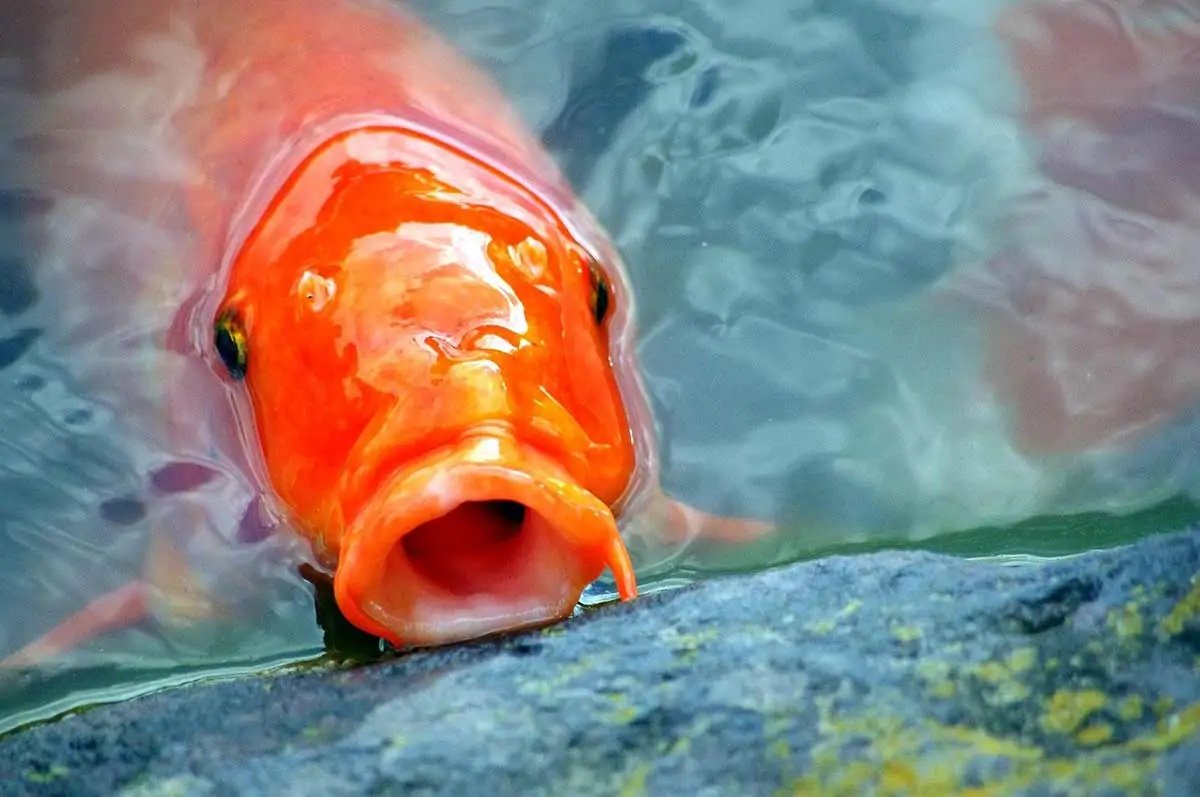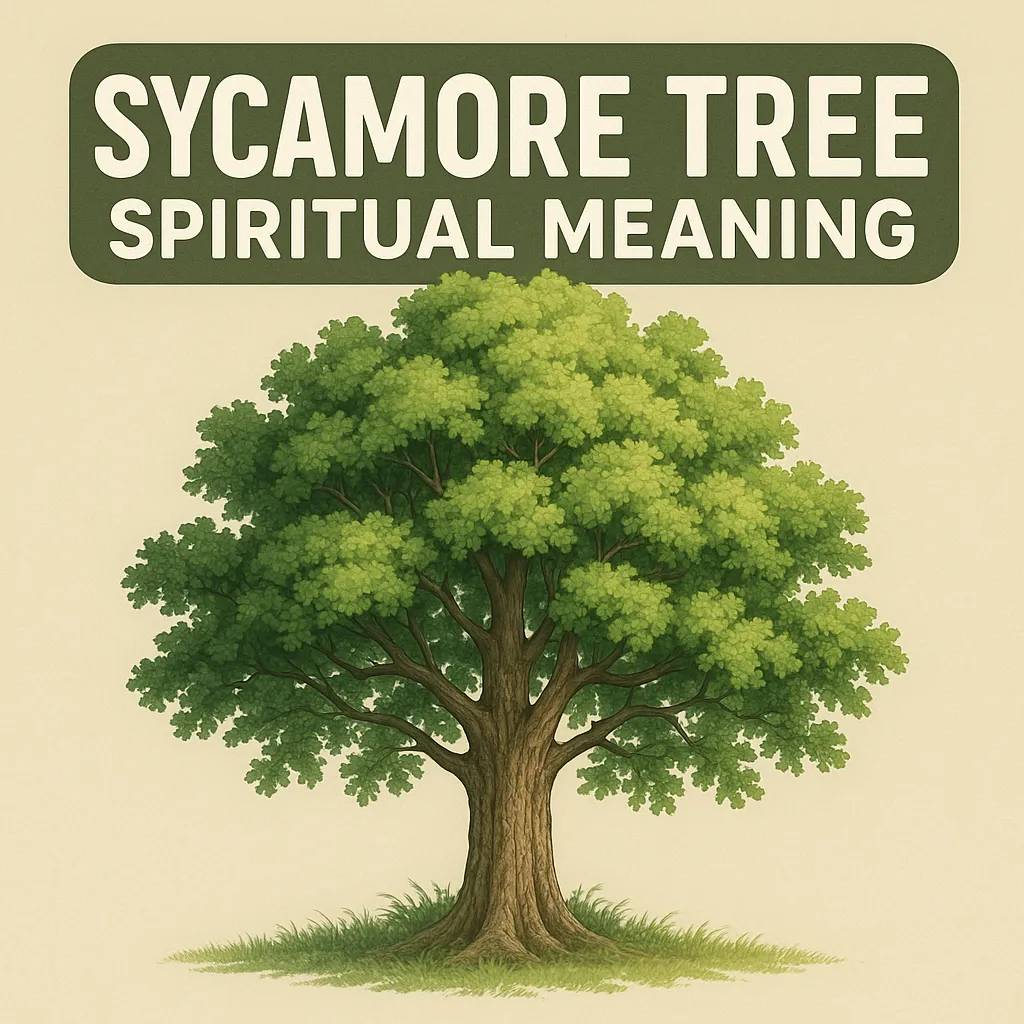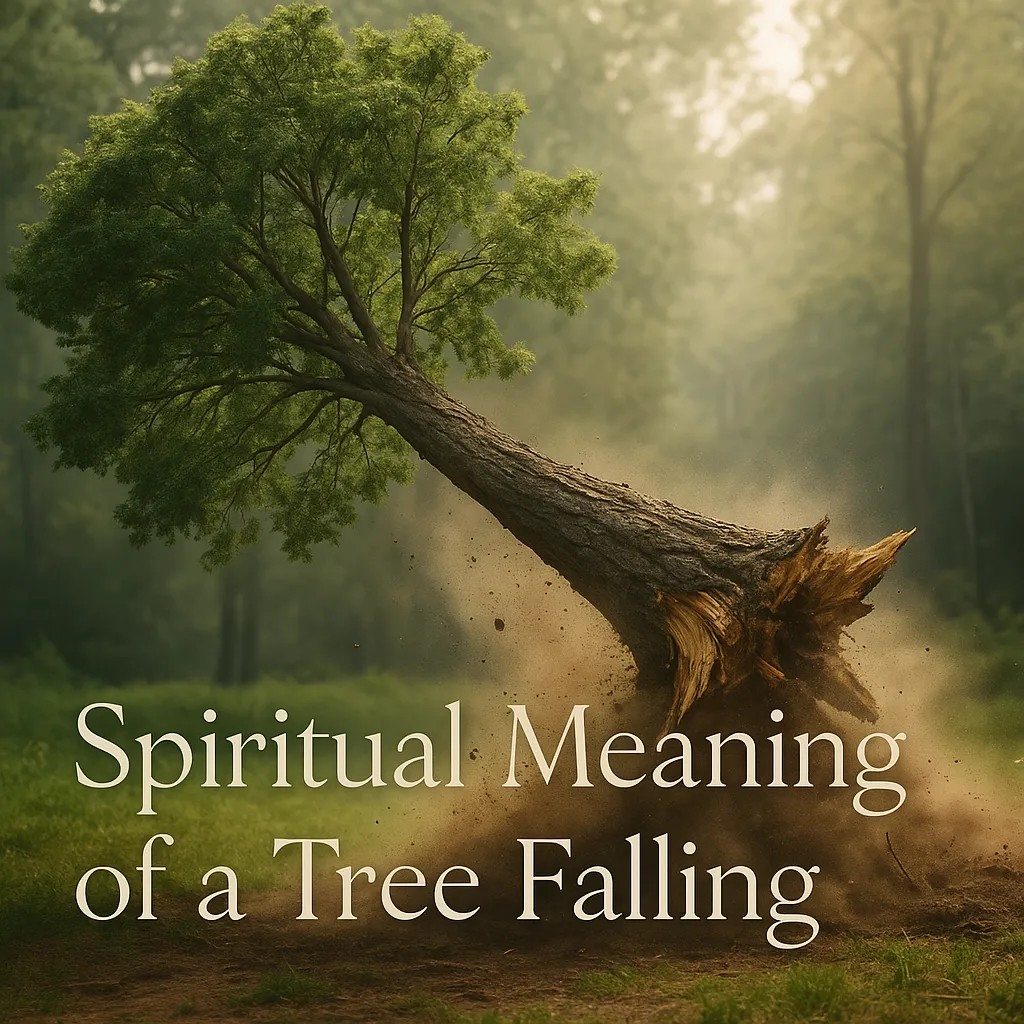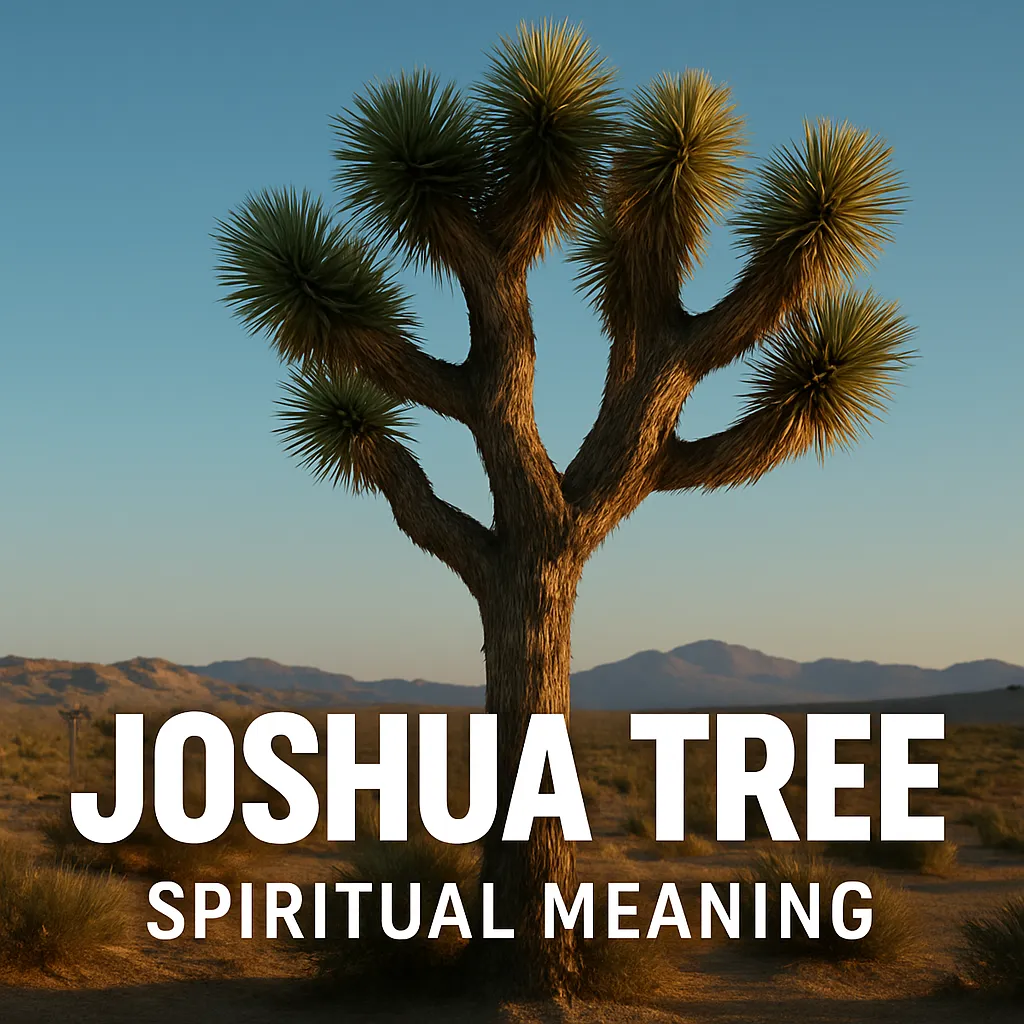Are you curious about which animals hold the key to unlocking the secrets of growth and progress? Look no further.
From the majestic phoenix rising from its own ashes to the humble tortoise steadily inching forward, the world of symbolism is teeming with creatures that embody the essence of advancement.
In this article, you learn what animals symbolize growth and progress, revealing the timeless significance and the wisdom they offer. Ready to embark on this enlightening journey? Let’s dive in!
Table of Contents
- 1 Key Takeaways
- 2 The Phoenix – Rebirth and Growth
- 3 Dragonfly – Transformation and Progress
- 4 Elephant – Sizer Matters, but also Intelligence
- 5 Turtle – Slow but Consistent Progress
- 6 Butterfly – A Symbol of Profound Growth and Transformation
- 7 the Dragon: A Tale of Power, Growth, and Transformation
- 8 The Salmon’s Journey
- 9 Animal Growth Symbolism Comparison Table
- 10 Harnessing Animal Symbolism for Personal Growth: Unleash Your Inner Potential
- 11 Meditation: Connecting with Animal Energies
- 12 Visualization: Creating Your Future Self
- 13 Conclusion
- 14 [Video] Butterfly – A Life of Growth, Transformation, and Progress
Key Takeaways
- Dive into animal symbolism for growth: Phoenix, Dragonfly, Elephant, Turtle, Butterfly, and Dragon.
- Learn how to harness their power through meditation and visualization.
- Understand the multi-faceted nature of growth and transformation across cultures.
The Phoenix – Rebirth and Growth
The Phoenix is a mythical bird that lives in the desert and rises from its own ashes. It symbolizes rebirth and growth because it’s reborn after death through the fire, which some cultures believe to be cleansing.
Since this magical bird emerges from the flames, it can also represent a person who overcomes difficulty. In the more Western tradition, the phoenix often symbolizes courage, power, strength to overcome the struggles and battles, and one emerging victorious.
The Phoenix, or the Bennu bird in Egyptian mythology, was said to be an immortal bird that would live at the top of a palm tree and eat only the finest foods while singing beautifully all day long. Every few hundred years it would build its own nest out of twigs and other materials on fire before flying high into the sky where they burst into flames – after which a new, young phoenix chick arises from its ashes with renewed life.
This story represented how each cycle brings about change – not just death but also rebirth through destruction.
The symbolism is constant growth and progress but also creative destruction. The destructive element is supposed to lead to an always better and improved individual.

Dragonfly – Transformation and Progress
The dragonfly has always been seen as a symbol of transformation. In Chinese culture, the dragonfly was seen as a messenger from heaven, and in Greece, it is said to indicate that someone has died and ascended into the heavens.
Dragonflies having flown the earth for a very very long time – remind us to take time to reconnect with our own strength, courage, and happiness! One of the first winged insects, dragonflies have inhabited the Earth for over 300 million years.
By comparison, evidence of the first humans dates back to just 2.8 million years. The dragonfly’s meaning is to remind us that anything is possible!
The dragonfly’s ability to fly high above other creatures with its wings spread out like an umbrella also signified progress, especially when used for decoration on buildings or carriages. It could be considered then that they represent our own growth and transformation towards better things.
One thing everyone agrees on is that this insect is a spiritual being connected to the change and light that you must see in yourself.

Elephant – Sizer Matters, but also Intelligence
Not only do elephants represent immense and massive strength, but they also signify quiet elegance and wisdom. Although their sheer size would allow them to effortlessly crush everything around, they are more commonly associated with inner peace and being calm.
Like most animals, elephants may resort to violent means when angered or threatened, but they are known to symbolize spirituality and wisdom.
Considered to exalt leadership, these gigantic, sacred creatures promote longevity, happiness, and good fortune. They are often associated with the Indian God Ganesha, a young man with the head of an elephant, making them a representation of an incredibly wise and gentle heart.
Elephants are often used in Buddhist art, representing spiritual power as well as a long life. They also represent wisdom because they never forget anything and have excellent memories.
In some cultures, elephants can be seen as symbols of fertility or good luck for weddings. But it’s their association with physical strength that most people associate them with – there’s even an African proverb “if you want something done, ask an elephant.”

Turtle – Slow but Consistent Progress
If you want to look at an animal that symbolizes growth and progress, then take a look at the turtle. The turtle is one of the most resilient animals on earth.
It can live for more than 100 years (in fact some turtles we don’t even know how old they are) and it’s capable of living in extreme environments such as deserts, forests, or even urban areas!
The turtle may not be a speedy creature, but it’s consistent and never gives up. It also has some of the strongest defenses against predators because turtles can live in both aquatic environments as well as on land!
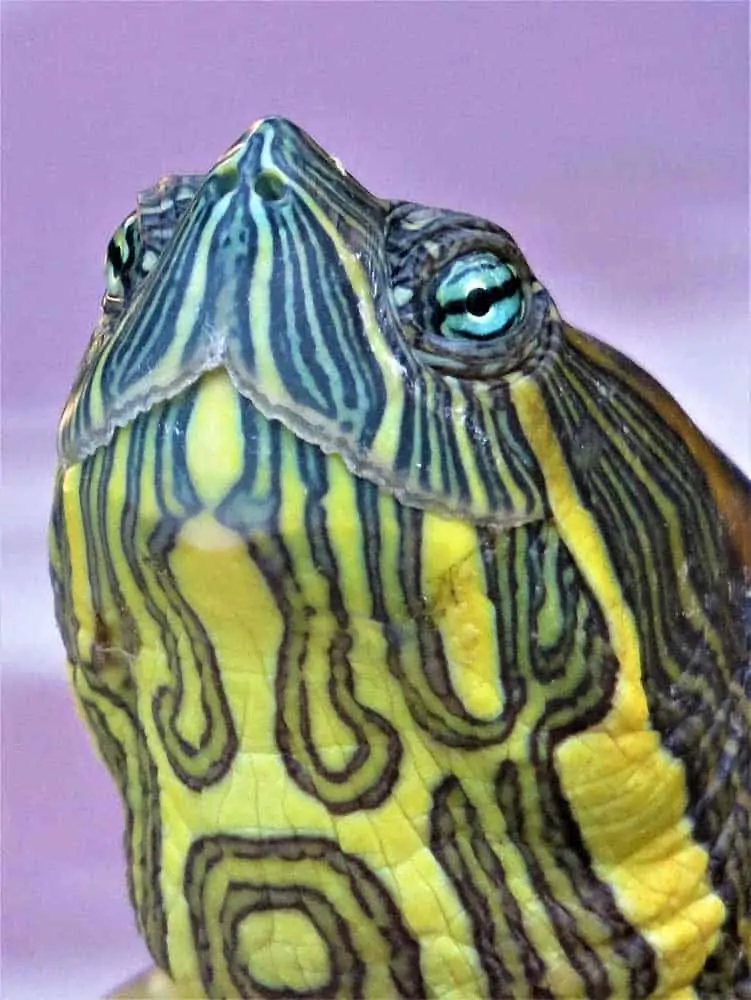
Butterfly – A Symbol of Profound Growth and Transformation
Butterflies, with their delicate wings and vibrant colors, have captured human fascination for centuries. Beyond their aesthetic appeal, these enchanting creatures carry a profound symbolism that resonates with the very essence of growth and transformation.
At the heart of the butterfly’s symbolism lies its incredible life cycle—a captivating journey from egg to larva, pupa, and finally, the magnificent adult butterfly. This metamorphosis is a vivid portrayal of personal growth.
Just as a caterpillar transforms into a butterfly, our own lives undergo phases of change and development. This process reminds us that even in our most challenging moments, there’s potential for remarkable transformation.
the Dragon: A Tale of Power, Growth, and Transformation
Dragons, mythical creatures of awe-inspiring might and majesty, have long held a place in the collective imagination of cultures worldwide. Beneath their scales and fiery breath lies a symbolism deeply rooted in power, growth, and transformation.
Dragons are often portrayed as formidable and untamed beings, representing the raw power that resides within all of us. Their very presence evokes a sense of awe and reverence.
Just as they command the elements, we too possess the potential for great power within. The dragon serves as a reminder that harnessing one’s inner strength can lead to monumental growth and change.
What makes the dragon’s symbolism even more fascinating is its presence in diverse cultures. In Chinese culture, the dragon is a symbol of prosperity and good fortune, revered as a bringer of positive change.
The Salmon’s Journey
Salmon, in their remarkable migration, offer a profound lesson in unwavering determination. Their incredible journey defies nature’s challenges, mirroring life’s struggles and victories.
Salmon embark on an extraordinary odyssey, swimming against currents, leaping upstream, and surmounting obstacles like waterfalls and predators. Their determination spans thousands of miles, reflecting an innate drive for survival and reproduction.
The salmon’s journey inspires us to embrace our own paths with determination and resilience. Witnessing their unyielding spirit reminds us of the power of perseverance in life’s journey, where obstacles can be overcome, and renewal is possible. Explore the rich tapestry of Native American culture to delve deeper into the symbolism of the salmon and its enduring message.
Animal Growth Symbolism Comparison Table
| Animal | Key Symbolism | Relevant Attributes |
|---|---|---|
| Phoenix | Rebirth, Courage, Victory | Rising from ashes, resilience, overcoming challenges |
| Dragonfly | Transformation, Progress | Longevity, adaptability, spiritual significance |
| Elephant | Strength, Wisdom, Leadership | Size, gentleness, association with Ganesha |
| Turtle | Slow but Steady Progress | Longevity, resilience, adaptability |
| Butterfly | Growth, Transformation | Metamorphosis, change, phases of development |
| Dragon | Power, Growth, Transformation | Formidability, untamed nature, cultural variations |
| Salmon | Determination, Renewal | Swimming against currents, innate drive for survival |
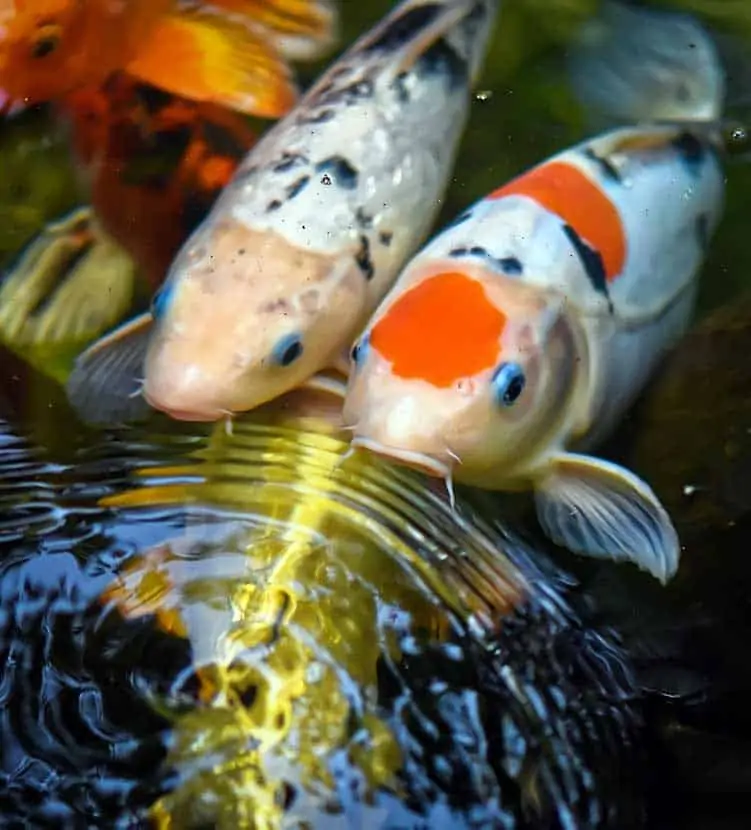
Harnessing Animal Symbolism for Personal Growth: Unleash Your Inner Potential
The world of animal symbolism is not just a realm of fascinating stories; it’s a profound source of inspiration for personal growth and transformation. Here, we’ll explore how you can harness these powerful symbols to unlock your inner potential through practices like meditation and visualization.
Meditation: Connecting with Animal Energies
Embarking on a journey of personal growth often involves seeking inspiration from the natural world. Animals, with their unique qualities and symbolism, offer a profound source of guidance. Meditation provides a gateway to connect with these symbolic energies on a deeper level. Here’s how to get started:
- Choose Your Animal: Begin by selecting an animal that resonates with your personal growth journey. Consider its attributes and symbolism; trust your intuition when making your choice.
- Create a Tranquil Space: Find a quiet and comfortable space where you won’t be disturbed. This serene environment will enhance your meditation experience.
- Close Your Eyes: Close your eyes to eliminate distractions from the outside world. This allows you to turn your focus inward.
- Visualization: Visualize yourself embodying the qualities of the chosen animal. Imagine how their strength, agility, or resilience can merge with your own being. Picture yourself embracing these attributes.
- Connect on a Deeper Level: As you immerse yourself in this visualization, you’ll start to connect with the symbolic power of the animal kingdom. Feel the energy and wisdom of your chosen animal infusing into your consciousness.
Meditation, guided by animal symbolism, can serve as a powerful tool for personal growth. It enables you to tap into the unique qualities of these creatures and incorporate them into your own journey of self-improvement.
Visualization: Creating Your Future Self
Visualization is a powerful tool for manifesting personal growth. Take a moment each day to envision yourself as the best version of yourself, drawing inspiration from the symbolism of your chosen animal.
Visualize your goals and aspirations, and see how you embody the characteristics of that animal in your journey. This technique not only fuels your motivation but also aligns your actions with your desired growth.
Conclusion
As we conclude our exploration of animals symbolizing growth and progress, we’ve delved into the wisdom of nature’s creatures. From the resilient phoenix to the transformative butterfly, each animal carries valuable lessons.
The phoenix teaches resilience, the dragonfly embodies transformation, elephants symbolize wisdom, and the turtle exemplifies steady progress. The butterfly’s metamorphosis reflects our personal growth.
But the journey doesn’t end here. Through meditation and visualization, you can connect with these animals, drawing inspiration for personal growth.
So, as you continue your journey of self-discovery, remember that nature offers profound guidance. Embrace these lessons, and you’ll embark on a transformative path toward a brighter future.
[Video] Butterfly – A Life of Growth, Transformation, and Progress
Check out the lifecycle of a monarch butterfly – from pupa to adult.
